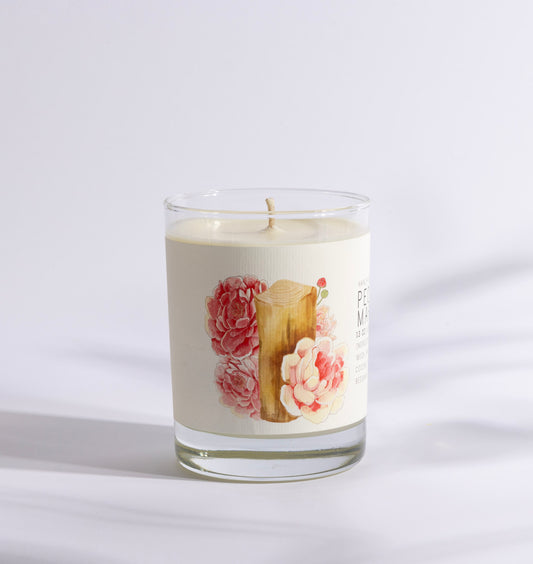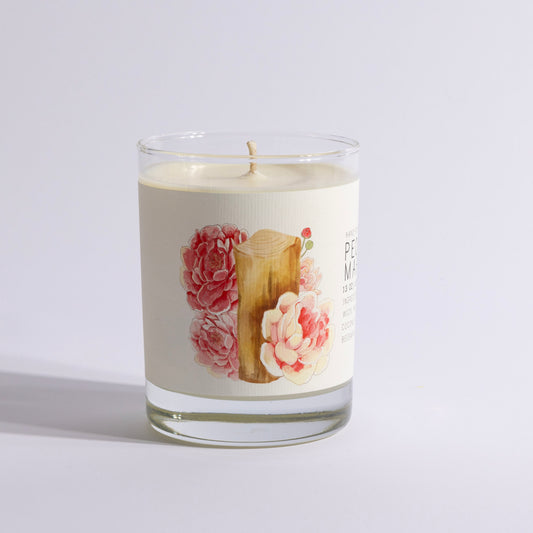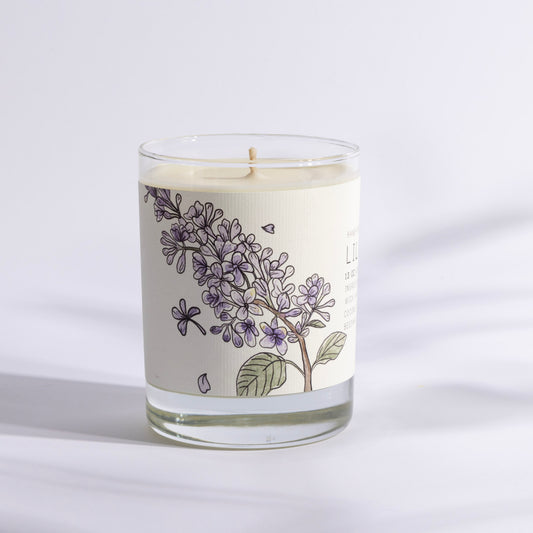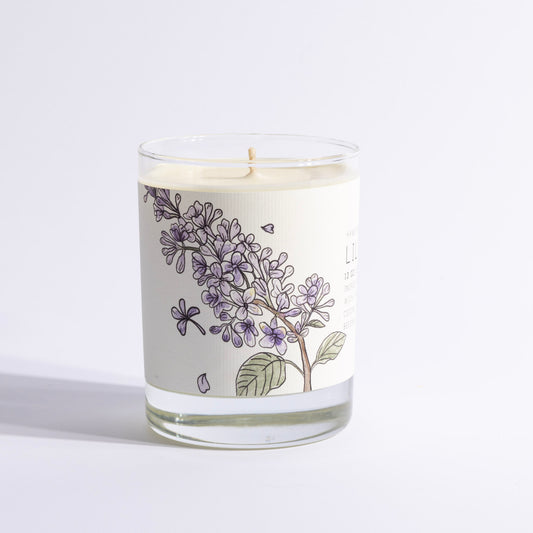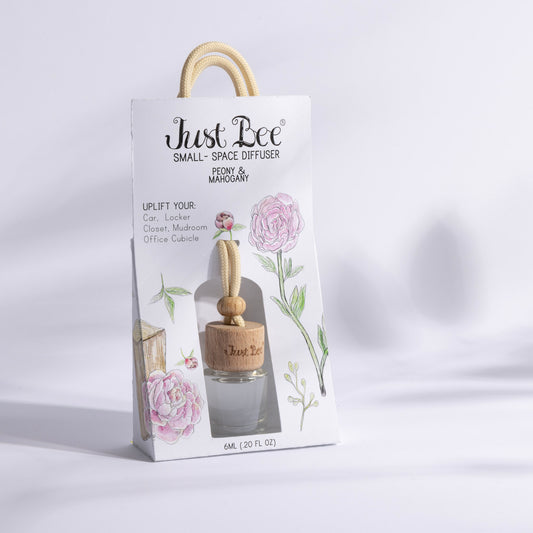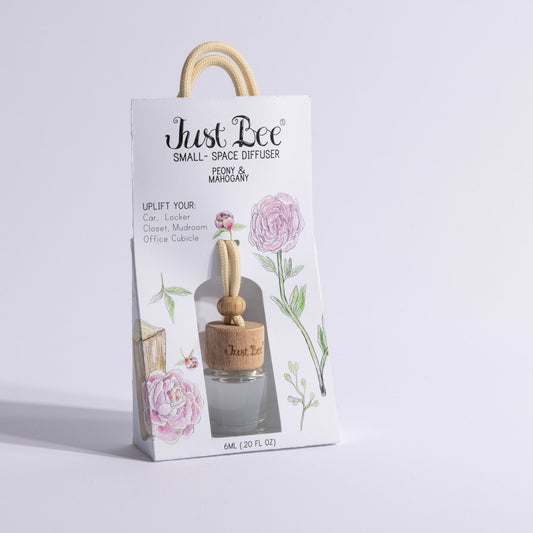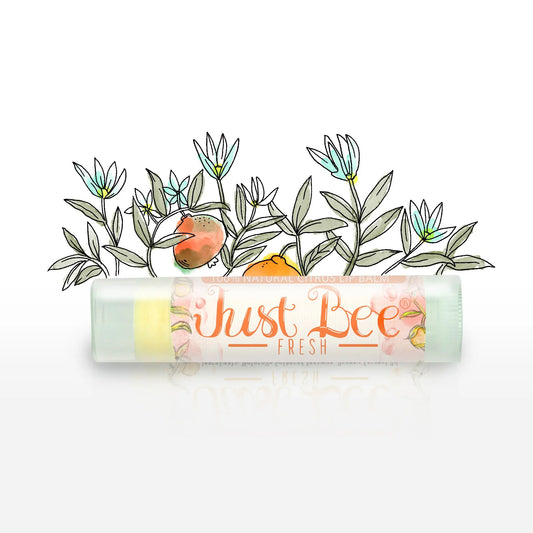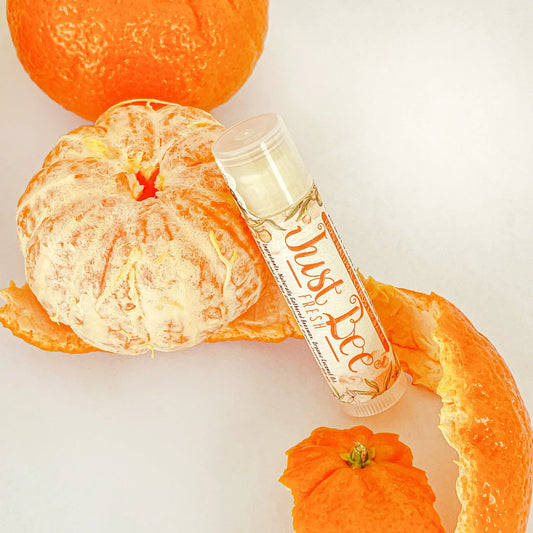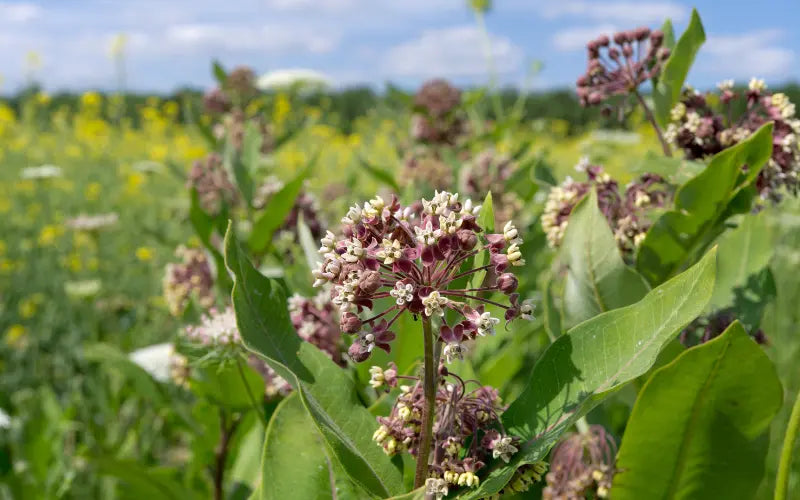
Plant a Pollinator Garden ... It's Not Too Late
Want to encourage butterflies, migrating birds, honeybees, bumblebees, solitary bees, and hummingbirds to visit your home? Plant a pollinator garden!

In addition to being a joy to see dancing around your flowers, pollinators play a very important role in the growth and reproduction of many plants. By transferring pollen from one flower to another, pollinators facilitate fertilization, leading to the formation of fruits, seeds, and new plants, which ultimately contributes to thriving gardens and ecosystems.
While pollinators are crucial, many are in decline due to pesticide use, destruction of habitat and changing weather conditions.
To help nurture pollinators you can:
- Grow a range of native plants that flower throughout the seasons, which offers a steady food supply;
- Refrain from using harmful pesticides and adopt organic gardening techniques;
- Create nesting areas, water sources, and shelter to help pollinators thrive.

Choosing Plants:
The most abundant pollinator gardens feature plants that supply a generous, ongoing food source for bees, butterflies, and birds. It’s better to prioritize native plants, which are naturally compatible with local pollinators. Some of these include milkweed, coneflowers, goldenrods, asters, sunflowers, and bee balm. To further cater to specific pollinators, incorporate plants such as butterfly bush for butterflies and trumpet vine for hummingbirds.
While a pollinator garden benefits greatly from native plants, it doesn't have to be exclusively composed of them. Non-native plants can also attract pollinators and provide valuable resources, as long as they are not invasive or harmful to the local ecosystem. It's essential to choose plants that offer abundant nectar and pollen and bloom throughout the seasons to ensure a continuous food supply for pollinators.

Worried about a “messy” garden?
While many people are interested in helping nature, some aren’t as happy about the wild look that a pollinator garden can take on.
To support pollinators while adhering to HOA or municipal requirements, homeowners can choose flowering plants that combine visual appeal with pollinator benefits. Plants like lavender, salvia, Russian Sage, and catmint offer a neat appearance and can be integrated into an organized garden layout. Through regular maintenance and a well-planned design, it's possible to create a pollinator-friendly garden that is also visually attractive.
 Add some splashy appeal
Add some splashy appeal
A well-rounded pollinator garden goes beyond plants to address the diverse needs of pollinators. Include water sources like shallow birdbaths or small dishes to provide hydration. For shelter, add bee houses or nesting boxes for solitary bees, and create safe spaces with rocks, logs, or brush piles. Be mindful of your gardening practices, avoiding the use of harmful pesticides and chemicals to keep the garden safe and hospitable for pollinators.

